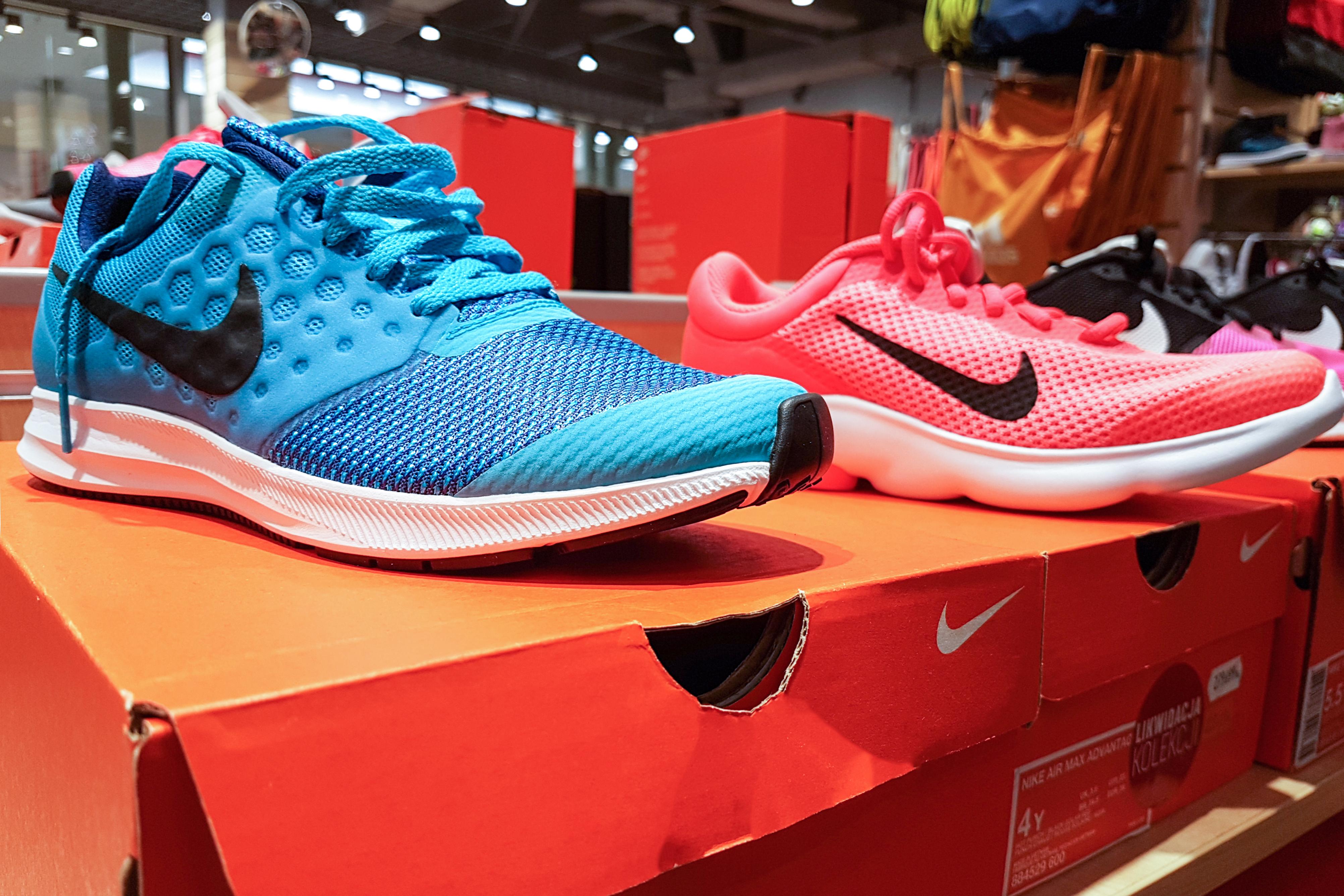Nike Manufacturing and Supply Chain Strategies
Nike’s manufacturing network has over 525 factories. Products move from several distribution centers across a network of thousands of retail accounts.
Oct. 17 2019, Updated 6:51 p.m. ET

Delivery precision is important for a multi-product and multi-jurisdictional company like Nike, Inc. (NKE). It improves margins, lowers inventories, minimizes price markdowns, and makes sure that the customer receives the right product on time. Nike’s manufacturing network has over 525 factories in 40 countries. Products move from several distribution centers across a network of thousands of retail accounts.
Nike manufacturing
Yet Nike owns no factories for manufacturing its footwear and apparel. The company’s footwear and apparel make up about 96% of Nike’s branded revenues. Instead, Nike outsources its manufacturing to third parties. It’s a huge cost advantage. Nike’s supply chain sources most of its raw materials in the manufacturing host country by independent contractors. The strategies of Under Armour Inc. (UAA), VF Corporation (VFC), Lululemon Athletica Inc. (LULU), and Adidas also include overseas manufacturers.
Nike is one of the pioneers of the manufacturing outsourcing strategy. It optimizes the manufacturing and production processes. Plus, continued innovation and product quality are keys to success. The company’s lean manufacturing improves efficiency, optimizes production, and lowers waste. Also, it drives quality and productivity. Material consolidation, manufacturing innovation, and modernization support the manufacturing process.
Footwear and apparel
Nike’s footwear is manufactured outside the US by independent contract manufacturers that often operate multiple factories. In the fiscal year 2019, 112 footwear factories in 12 countries supplied Nike. Also, contract factories in Vietnam, China, and Indonesia made up about 49%, 23%, and 21% of Nike’s footwear, respectively. The largest single footwear factory accounted for about 9% of branded footwear.
Like footwear, NIKE’s apparel is also made outside the US by independent contractors. In the fiscal year 2019, 334 apparel factories operating in 36 countries supplied Nike. China, Vietnam, and Thailand made about 27%, 22%, and 10% of total NIKE’s apparel, respectively. The top five apparel contract manufacturers together made about 49% of NIKE’s apparel production. Additionally, one apparel contractor made over 10% of the production.
Nike’s distribution centers
Also, Nike has license agreements that permit unaffiliated parties to manufacture and sell Nike-owned trademarks, apparel, digital devices and applications, and other equipment for sports activities.
Nike has six primary distribution centers in the US. Notably, four are located in Memphis, Tennessee. Among those four, two are owned and two are leased. The other two are located in Indianapolis, Indiana, and Dayton, Tennessee. Third-party logistics providers run these two distribution centers. Also, Nike-branded apparel and equipment products ship from a distribution center in Foothill Ranch, California. The company had 67 distribution centers outside the US at the end of the fiscal year 2019.
Understanding Nike’s cost structure advantage
Keeping a tight grip on costs is important for any company’s profitability and for shareholder returns. Nike’s gross profit margin is lower than some of its competitors, including VF Corporation and Lululemon. However, Nike, through its Consumer Direct Offense strategy, is growing its digital business. The digital business will speed up revenue growth and supports margin expansion. Plus, the channel mix shift (direct-to-consumer) will support the margins of athletic footwear and apparel companies.
The Consumer Direct Offense strategy will help drive revenues, expand gross profit margins, and drive EPS. NIKE’s long-term financial goals through fiscal 2023 include:
- high single-digit revenue growth per year
- gross margin expansion of 50 basis points per year through mix shift to higher-margin NIKE Direct business
- Leveraging expenses
- Mid-teens EPS growth per year
NIKE enjoys large pricing power in the marketplace. This is due to its ability to innovate and provide a different product. Also, the company plans to expand its top line.
Nike shifts to direct-to-consumer
Nike’s also been investing a lot in expanding its Nike Direct operations. This includes Nike-owned retail stores and digital platforms. Currently, revenues through Nike Direct operations make up about 32% of the sales mix. Nike Direct sales have high margins. Additionally, growth in the ratio of Nike Direct sales could positively impact Nike’s gross margin.
As a result of the shift in the sales mix to higher-margin geographies and Nike Direct business, Nike saw great margins. The company’s gross profit margin grew by 150 basis points to 45.7% in Q1 2020. This is compared to 44.2% in Q1 2019. Also, Nike expects its gross margins to grow the remainder of the year but at a slower rate than the first quarter. For fiscal 2020, Nike expects gross margins to grow by 50 points to 75 basis points.
Also, Lululemon, Under Armour, and VF Corporation are shifting sales mix to high margin direct-to-consumer business. Lululemon’s direct-to-consumer net revenues made up 24.6% of total net revenue in Q2 2019. Meanwhile, direct-to-consumer sales formed 35% of Under Armour’s total revenue.
Administrative costs shrink profits
Despite the improvement in Nike’s gross profit margins, selling and administrative costs have been on the rise. As a percentage of revenues, Nike’s selling and administrative expenses were 31.2% in Q1 2020. This is up 40 basis points YoY. Investments in demand creation, including advertising and marketing, impacted costs.
Moreover, investments to support our innovation, digital platform, and wages drove costs. Also, digital infrastructure, overhead growth, and event-driven promotional expenditures are likely to grow Nike’s selling and administrative expenses.
Protectionist actions could hit Nike’s manufacturing
Nike’s manufacturing operations are concentrated in lower-cost countries such as China, Vietnam, and Indonesia. Since Nike’s manufacturing strategy is based on outsourcing and contract manufacturing, growing protectionist actions could hit its supply-chain process.
Also, any changes in the trade policies could hit its production. For instance, the ongoing US-China trade war, including higher tariffs on imported goods, could hit Nike and its peers who have production outside the US. However, Nike has diversified its sources of supply, which lowers the impact of higher tariffs.
